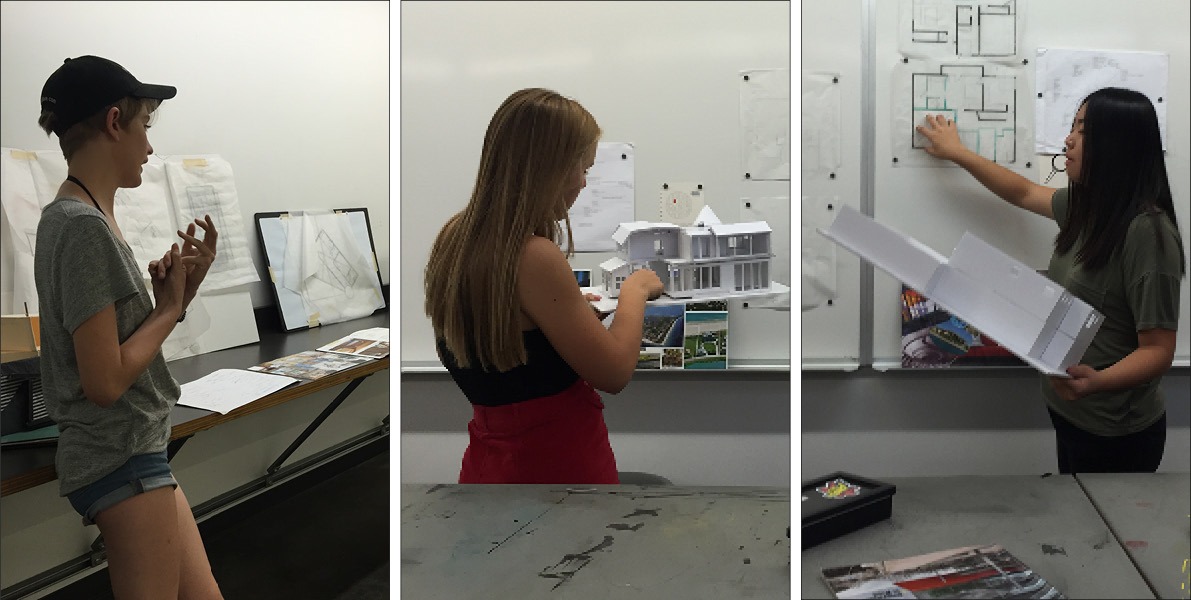
Architecture 101: 11-step Method
Establishing Children’s Architecture Workshop in 1995 meant embarking on a journey that shaped the course of my life as well as career. A young mother and a newly licensed architect, I aspired to make an impact and become a better parent in the process. Years of hands-on teaching architecture experience enabled me to invent the 11-step method supporting anyone tackling a building project from scratch.
More than 20 years later, with own daughters grown, I am still teaching and enjoying a sense of accomplishment while witnessing the 11-step method at work.
It’s truly rewarding. For the past six years, I’ve been testing the approach on teens enrolled in my architecture class at ArtCenter College of Design.
Throughout ten weeks of each session, the students design “an ideal room,” which usually expands into a multi-level habitat with everything they care about within reach. They all are so different, yet everyone undergoes a similar process of discovery.
Architecture is not just for architects
Taking an architecture class or undertaking a design project on your own, first and foremost, helps you explore who you really are. The 11-step method leads the way. The revelations begin with mind-mapping. Then, there’s a collage to do. It’s a fun way to unearth what you are drawn to.
My responsibility is to pick up on individual inclinations and to entice further development. The process is detailed in DIY Like an Architect: 11-step method how-toBook and has been tested hundreds of times.

Final day of a 10-week class
And consistently, I am amazed with the results presented on the final day of the class. My pupils are high school students with no background in architecture, yet they are so capable of thinking three-dimensionally, drawing floor plans to scale, and building models. Time and time again, I hear that the biggest lesson in all of this is having patience. If you diligently work on it, the solution will present itself.
11-step method gives you a place to start
Clearly, one of the hardest things when embarking on a project is staring. 11-step method offers a straightforward pathway to defining a parti. Which, in turn, helps guide your thinking onward. It gives you a starting point and a “measuring device” to evaluate and organize all of your ideas.
Students’ work decidedly proves that everything comes together if you follow the steps. When asked what was her biggest obstacle, a teen shares: “Sticking to one main idea, focusing on one thing at a time, not getting too ahead of myself was my biggest obstacle and the biggest discovery.”
The last day of class is always bittersweet. Sending them off, it is my hope that they will continue to look intently at the world and its built environment. That they will keep applying mind-mapping /collaging as tools to gain a better understanding of any problem at hand. That they will persistently hone the skills acquired to:
- Keep learning about themselves
- Make time and slow down
- Think before taking each step
Evidently, to quote one of the students, “when you have a clear vision of what you want, it’s a lot easier to execute.” The finished product is a testament to the effort made. Thus, 11-step method gives you a point of departure, making architecture approachable. Try it for yourself. I’d love to hear about your discoveries here.



